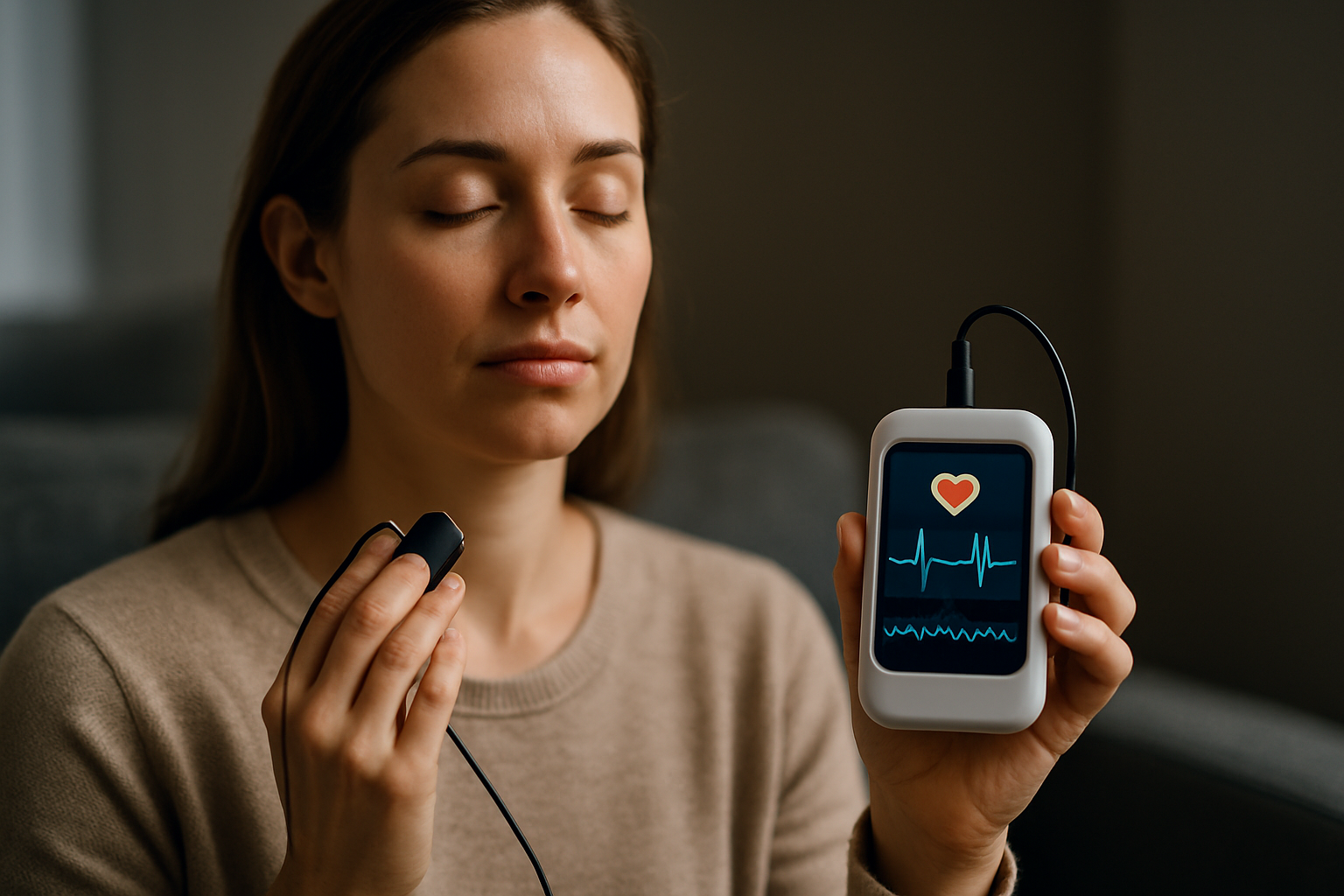Demystifying Biofeedback: A Science-Driven Guide to Self-Regulation
The human body is a marvel of nature, a complex system that functions with bewildering precision and coordination. It's a symphony of processes, many of which we're unaware of, until something disrupts the rhythm. But what if we could tune into our body's subtle cues, understand what they mean, and use this knowledge to promote our health? Welcome to the world of biofeedback, a fascinating blend of medical science, technology, and mindfulness that's reshaping our understanding of health and wellness.

Biofeedback: A Journey Through Time
The concept of biofeedback harks back to the 1960s, when scientists first began to explore the idea of using electronic devices to monitor physiological functions. Early biofeedback systems were bulky, complicated devices, confined to the realms of research labs and medical facilities. But over time, advancements in technology have transformed biofeedback, making it accessible, user-friendly, and an exciting avenue for health and wellness.
Biofeedback in the Modern Wellness Landscape
Today, biofeedback is a burgeoning field that intersects with psychology, neuroscience, and technology. It involves using electronic monitoring devices that provide information about various physiological functions such as heart rate, blood pressure, skin temperature, sweat gland activity, and muscle tension. By becoming aware of these functions, individuals can learn to voluntarily control them, helping manage stress, anxiety, and other health concerns.
Understanding the Science of Biofeedback
Biofeedback operates on the premise that our minds and bodies are interconnected. By gaining insights into our physiological processes, we can consciously influence them. Numerous studies have substantiated the efficacy of biofeedback, particularly in managing stress-related conditions, chronic pain, and certain cardiovascular disorders.
Riding the Biofeedback Wave: Opportunities and Challenges
Despite being a promising wellness strategy, biofeedback is not without its challenges. It requires a degree of commitment and consistency from the user. Moreover, the cost of biofeedback devices and lack of insurance coverage are barriers to widespread adoption. However, with continuous technological advancements, biofeedback is becoming increasingly user-friendly and affordable.
A Glimpse into Biofeedback Practices
-
Heart Rate Variability (HRV) Biofeedback: HRV is a measure of the variation in time between each heartbeat. It’s considered a marker of stress and overall health. HRV biofeedback trains individuals to maintain a balanced heart rate, promoting relaxation and stress management.
-
Electromyography (EMG) Biofeedback: EMG biofeedback focuses on muscle tension. It’s particularly useful for individuals with chronic pain conditions like fibromyalgia or tension headaches.
-
Thermal Biofeedback: This involves monitoring skin temperature. It’s often used for managing stress and anxiety since these conditions can cause fluctuations in skin temperature.
As we delve deeper into the realm of biofeedback, we realize it’s not just about harnessing the power of technology – it’s about rediscovering our innate ability to understand and influence our body’s processes. Biofeedback is a compelling illustration of the mind-body connection, an exciting frontier in health and wellness that beckons us to explore, engage, and evolve. It reminds us that, when it comes to our health, we are not mere spectators but active participants capable of effecting meaningful change. Biofeedback is not just a technological marvel; it’s an empowering journey of self-discovery and self-regulation.




